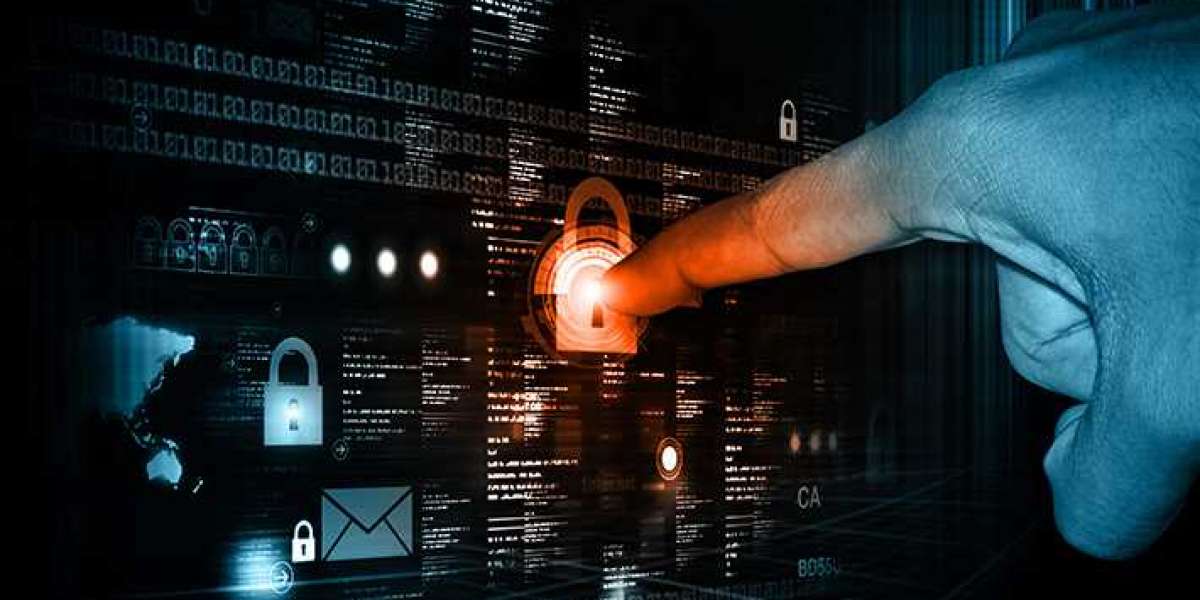Numerous cyber intelligence bodies and cyber security teams are always checking the digital space for new attack vectors. Such is done so cybercriminals are prevented from using them to launch new (and possibly more complex) Distributed Denial of Service (DDoS) attacks to cause havoc on the internet.
They are commonly referred to as Zero-Day attacks as they have not been seen in the wilderness of the digital universe. Recently, security researchers discovered two new vulnerabilities namely TP240Phone Home and Hikvision SADP. Cybercriminals can exploit them for launching reflection and amplification-based DDoS attacks which can cause a lot of damage.
It is easy to observe how these kinds of discoveries can impact the landscape of cyber threats i.e. when cyber criminals discover a new vector, they usually share such information on the dark web. Then the owners of booter-stresser-based services add them as new vectors in their arsenal of ‘DDoS-for-hire.’
Yes, DDoS attacks are like contract attackers (contract killers) and their price tag is often affordable.
They can cause havoc remotely but are also caught.
As time passes by and more companies patch a vulnerability of a particular nature, bad actors can rely on that vector less than often. Then again, they always manage to find and leverage new vulnerabilities for their attacks.
What happens once a vulnerability has been discovered?
Once a vulnerability is discovered, in the obvious sense, it is best for all time’s sake that security professionals are aware of such issues.
Though security researchers on a routine basis share each discovery made in terms of new vectors, a lot of time can pass before the awareness is common which raises the likelihood that a lot of companies suffer from damaging attacks. Among those attacks are DDoS attacks through those new vectors.
For instance, in July 2020, the FBI alerted numerous private-sector firms about four new DDoS attack vectors. However, those vectors were active in the digital wilderness for at least 12 months before the FBI issued the warning.
Furthermore, the alert did not stop cybercriminals from using the same vectors for launching DDoS attacks. This resulted in them growing throughout both 2020 and 2021 with widespread usage.
How to avoid being victims of such kinds of DDoS attacks?
In what ways can companies fend off such attacks coming from new vectors? A lot of legacy-based DDoS mitigation solutions are not properly equipped to recognize and detect zero-day attacks. The main reason being is that they do not have the intelligent mechanisms for blocking attacks that have not been observed earlier.
What they do instead is that they rely on fixed filters and this is the reason why an attack needs to be seen earlier. Not only does such a software solution study it but also learns to defend the systems against it. This is the reason why intelligent, dynamic, behavioral-based, anti DDoS protection can look for indicators and exact matches too.
Such solutions must give a dynamic response
Whenever new attack vectors appear, it is key to conduct a forensic-level detailed analysis to find out that the whole attack was blocked and must also ensure no collateral damage ever took place. Once the emerging attack vectors are completely understood, they can hence be defended against by utilizing the exact match filters.
Another thing to understand is that new attack vectors are inevitable. As more internet-dependent and connected devices are now becoming available with time, the bad actors will look for ways, and leverage any vulnerabilities they come across, to hack these devices and cause trouble and mayhem.
As it is virtually not possible for security analysts to detect and stop these attacks by manual means, it is in the best interests of organizations and their technical divisions to go for a worthwhile and top-notch DDoS defense and mitigation solution that can deliver zero-day protection with ease.
Conclusion
This is the reason why companies should always be ready to tackle all kinds of online and cyber attacks, and must always be ready to take down any incoming DDoS attack. Moreover, the cyber security teams at most firms must be able to study and recognize these vectors and go for top-notch DDoS defense solutions to take them down.








